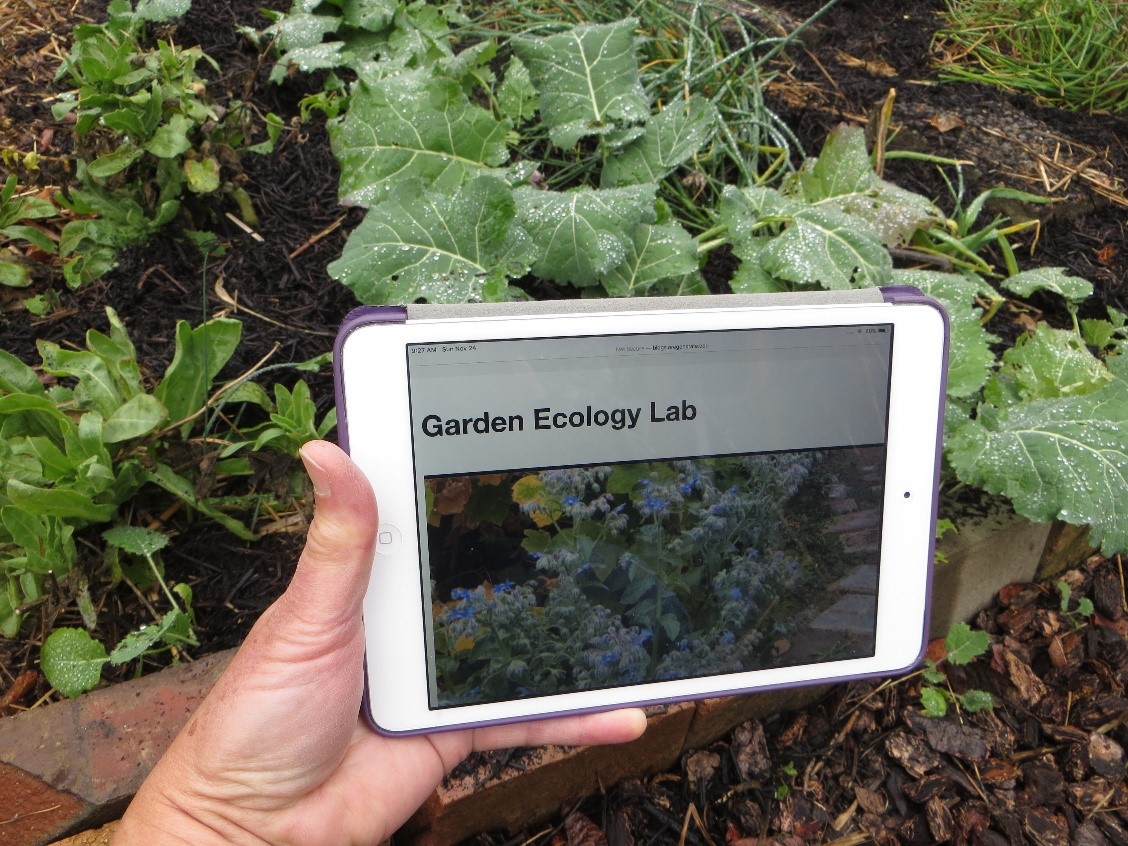
Now that our lab group is working on native plants and native bees, I thought it would be fun to do a ‘Plant of the Week’ and ‘Bee of the Week’ series. This entry is from Lucas Costner, an undergraduate horticulture major at Oregon State University. It highlights one of the plants that Aaron Anderson is using in his research.
Out of all the plants we have looked at this field season, the western pearly everlasting (Anaphalis margaritacea) has been one of the most interesting. Initially not sure what to expect, the overall longevity, profuseness of bloom, and general hardiness in response to the growing conditions at our site and the wrath of some weeders/mowers have all been surprising. Suffice it to say the name pearly everlasting is well-deserved. These plants, bursting with small white and yellow disk-shaped flowers, can grow up to 3 feet in height and up to 2 feet in width (2).
The western pearly everlasting is a perennial (2) native to and found throughout most of the continental United States and Canada, excluding the southeastern states and notably North Dakota (1). It is the only naturally occurring species of the genus Anaphalis in North America (1), and is hardy through USDA zones 3 to 8 (2). In terms of care, pearly everlasting is very self-sufficient — just add sun! It grows well in areas with full sun to part shade, is drought tolerant, and requires little in the way of fertilizer or other soil amendments (2). Given the opportunity, western pearly everlasting has been known to spread aggressively in the soil via runners (2).
These plants are also interesting because they exhibit dioecy (3), meaning that the flowers are either male or female. This is rare amongst other members of the Asteraceae family, but it is a great evolutionary strategy to limit self-pollination. Purportedly, the plant plays host for caterpillars of the American Lady butterfly (Vanessa virginiensis) (4). Outside of this, however, the wildlife benefits are largely unknown.
After witnessing the vivacity of the western pearly everlasting myself, I think it would be of interest to anyone looking to fill a particularly dry and difficult area of the garden with a pleasant, native wildflower. While some of the other plants I have written about here (Solidago canadensis and Asclepias speciosa) are known to be spready, I cannot overemphasize how vigorously this plant has grown in the field. Every week I find myself being surprised by some new plantlet popping its head out the hard dry soil or a new set of inflorescences about to go into full bloom.
References:
- Fertig, Walter . “Pearly Everlasting (Anaphalis margaritacea).” Forest Service, USDA, www.fs.fed.us/wildflowers/plant-of-the-week/anaphalis_margaritacea.shtml. Accessed 5 Sept. 2017.
- “Anaphalis margaritacea.” Plant Finder, Missouri Botanical Garden , www.missouribotanicalgarden.org/PlantFinder/PlantFinderDetails.aspx?kempercode=j330. Accessed 5 Sept. 2017.
- “Pearly Everlasting.” In Defense of Plants, 22 Sept. 2015, www.indefenseofplants.com/blog/2015/9/22/pearly-everlasting. Accessed 5 Sept. 2017.
- “American Lady .” Butterflies and Moths of North America, 30 May 2015, www.butterfliesandmoths.org/species/vanessa-virginiensis. Accessed 5 Sept. 2017.





